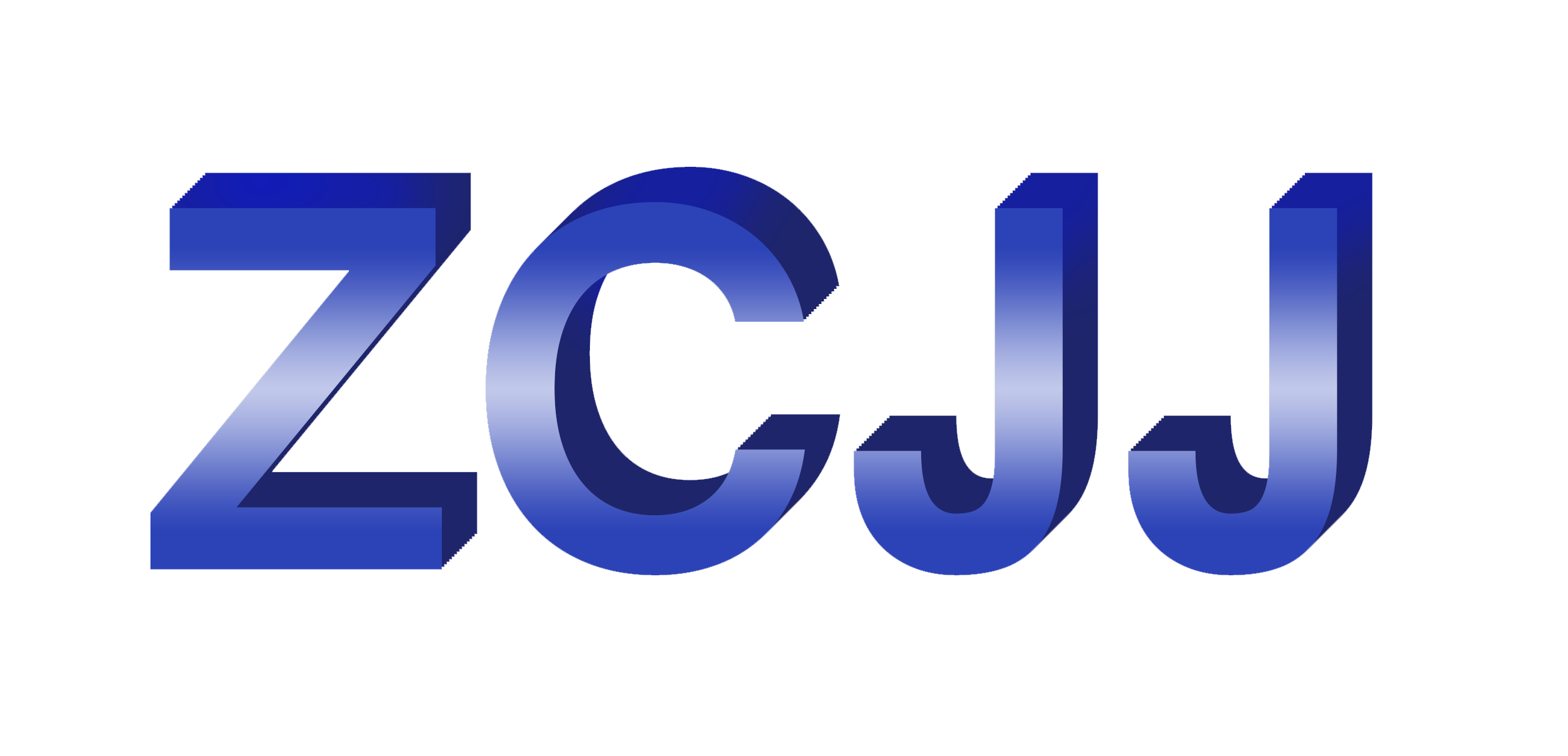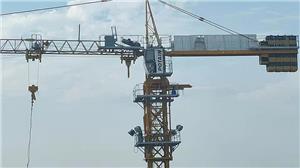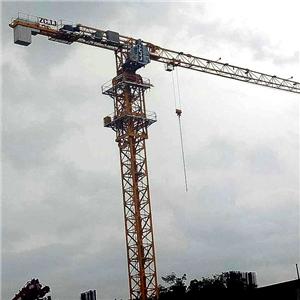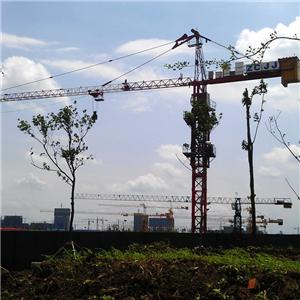Use, Type and Safety Requirements of Overload Restrictor for Tower crane
The harm of tower crane overloading operation
(1) Overloading operations are very harmful to the structure of the tower crane, which will not only cause the bottom of the main beam of the tower crane, but also may cause instability, cracks or weld welds on the upper cover and ventral plate of the main beam, and will cause the tower crane frame or the tower body. Break and other major accidents.
(2) The overloading operation of the tower crane will produce excessive stress. It can cause the cable cable to break, the transmission parts to be damaged, and the motor to be burned. Due to the relative lack of braking moment, braking failure will result.
(3) As the overload destroys the overall stability of the tower crane, there may be vicious accidents such as the collapse of the tower crane.
Requirements for the Use of Overloaded Restrictor
(1) A bridge tower crane with a rated weight greater than 20 T, a door tower crane with a weight greater than 10 T, a loading and unloading bridge, a railway tower crane and a door tower crane, etc., shall be equipped with an overload limiter according to the provisions of GB6067-85 Safety Regulations for Tower Suspension.
(2) Tower hoists rated with a gravity moment less than 250 KN/m and lifting equipment such as lifts and electric gourds shall also be equipped with overload limiters as required by the user.
III. Type of tower crane overload limiter
1. The overload protection device can be divided into automatic stop type, alarm type and comprehensive type according to its function.
Automatic Stop Type: The overload limiter can stop the tower crane from continuing in an unsafe direction when the lifting weight exceeds the rated lifting weight, while allowing the tower crane to move in a safe direction.




